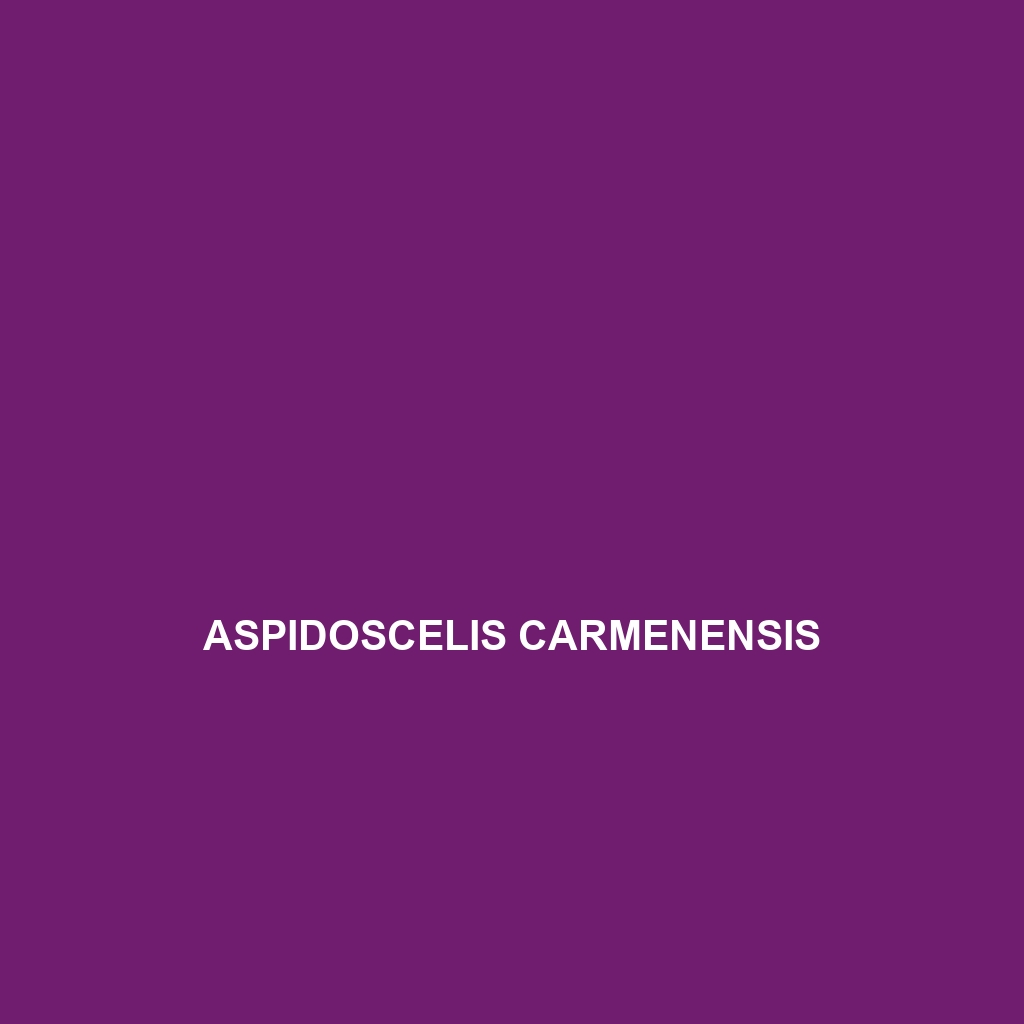Common Name: Boaedon capensis
Scientific Name: Boaedon capensis
Habitat:
Boaedon capensis, commonly known as the Cape House Snake, is primarily found in Southern Africa, particularly in countries such as South Africa, Namibia, and Botswana. This species thrives in a variety of habitats, including savannas, grasslands, and urban areas. It often prefers regions with ample cover, such as rocky outcrops and dense vegetation, which provide shelter from predators and a hunting ground for its prey.
Physical Characteristics:
The Cape House Snake can reach lengths of up to 1.5 meters (approximately 5 feet). Its body is slender with a distinctive color pattern that varies from light brown to gray, often featuring darker blotches or stripes. The scales are smooth and shiny, providing a unique texture that sets Boaedon capensis apart from other snake species. Its pointed head and large eyes also contribute to its distinctive appearance.
Behavior:
Boaedon capensis is primarily nocturnal, meaning it is most active during the night. This species is known for its calm demeanor, often opting to flee rather than confront threats. When challenged, it may exhibit defensive behaviors, such as flattening its body or releasing a foul-smelling musk. This species is a proficient climber and is often observed in trees or shrubs, enhancing its hunting capabilities.
Diet:
The diet of Boaedon capensis is predominantly comprised of small mammals and birds. It exhibits a constricting behavior during feeding, subduing its prey before consumption. This feeding habit plays a crucial role in controlling the populations of rodents and other small animals, making it an important predator in its ecosystem.
Reproduction:
This species is ovoviviparous, meaning that females give birth to live young rather than laying eggs. Breeding typically occurs during the warmer months, and females can produce litters of up to ten offspring at a time. The young snakes are independent from birth, immediately taking on the challenge of survival in their natural habitat.
Conservation Status:
As of now, Boaedon capensis is classified as “Least Concern” by the International Union for Conservation of Nature (IUCN). While not currently endangered, habitat loss and human encroachment pose ongoing threats that could impact future populations. Conservation efforts focus on habitat preservation and educating communities about the ecological benefits of this snake.
Interesting Facts:
One of the most fascinating aspects of Boaedon capensis is its ability to adapt to urban environments, showcasing resilience in the face of human developments. Additionally, this species is often mistaken for venomous snakes due to its striking appearance, making it a subject of interest for both wildlife enthusiasts and researchers alike.
Role in Ecosystem:
Boaedon capensis plays a vital role in its ecosystem as a controlling factor for rodent populations, which can otherwise reach pest levels. By maintaining balance within its habitat, this species contributes to overall biodiversity and assists in the health of the environments in which it resides. Its presence is a key indicator of a balanced ecosystem filled with various flora and fauna.
